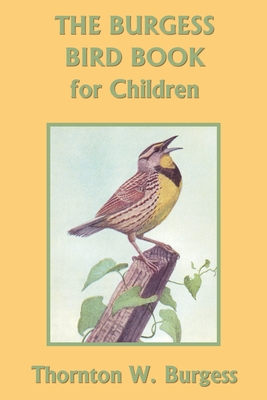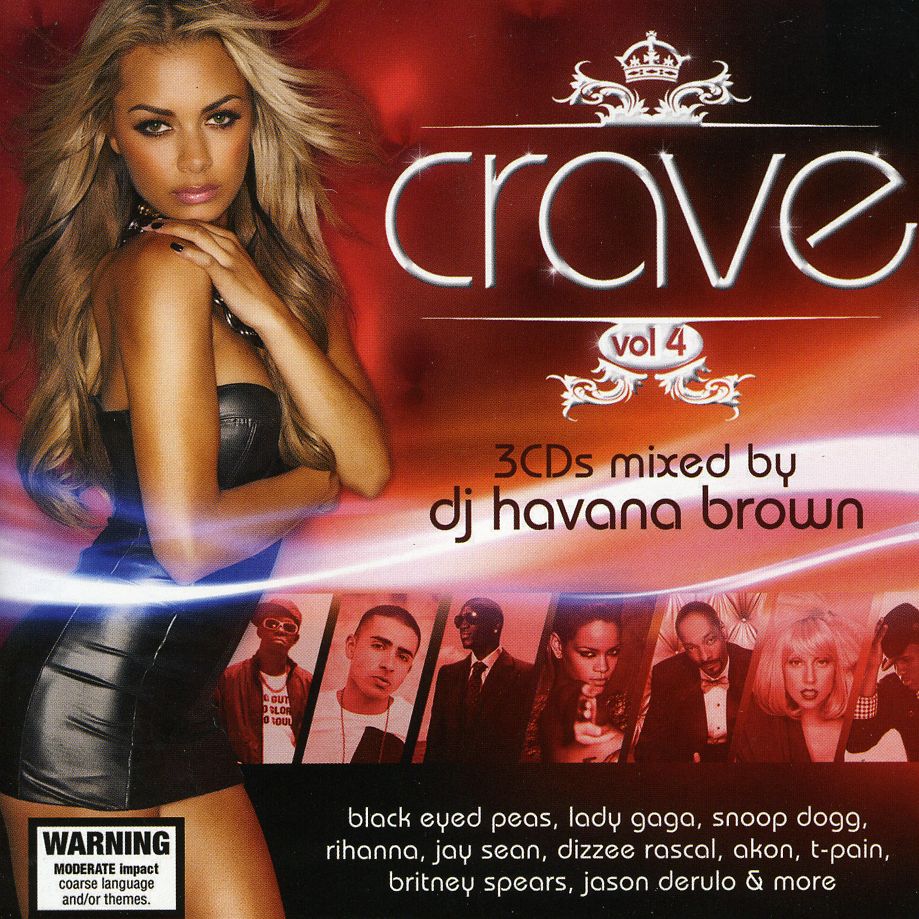
Mustill, Tom
product information
description
speak to one another? Tom Mustill--the nature documentarian who went viral when a thirty-ton humpback whale breached onto his kayak--asks this question in his thrilling investigation into whale science and animal communication. A New Yorker Best Book of 2022 "When a whale is in the water, it is like an iceberg: you only see a fraction of it and have no conception of its size." On September 12, 2015, Tom Mustill was paddling in a two-person kayak with a friend just off the coast of California. It was cold, but idyllic--until a humpback whale breached, landing on top of them, releasing the energy equivalent of forty hand grenades. He was certain he was about to die, but they both survived, miraculously unscathed. In the interviews that followed the incident, Mustill was left with one question: What could this astonishing encounter teach us? Drawing from his experience as a naturalist and wildlife filmmaker, Mustill started investigating human-whale interactions around the world when he met two tech entrepreneurs who wanted to use artificial intelligence (AI)--originally designed to translate human languages--to discover patterns in the conversations of animals and decode them. As he embarked on a journey into animal eavesdropping technologies, where big data meets big beasts, Mustill discovered that there is a revolution taking place in biology, as the technologies developed to explore our own languages are turned to nature. From seventeenth-century Dutch inventors, to the whaling industry of the nineteenth century, to the cutting edge of Silicon Valley, How to Speak Whale examines how scientists and start-ups around the world are decoding animal communications. Whales, with their giant mammalian brains, virtuoso voices, and long, highly social lives, offer one of the most realistic opportunities for this to happen. But what would the consequences of such human animal interaction be? We're about to find out.
member goods
No member items were found under this heading.
Return Policy
All sales are final
Shipping
No special shipping considerations available.
Shipping fees determined at checkout.







